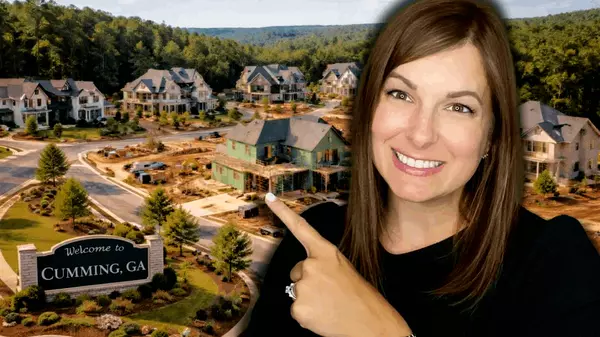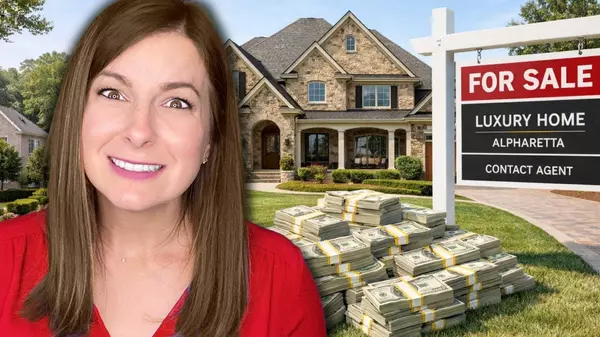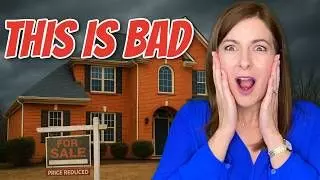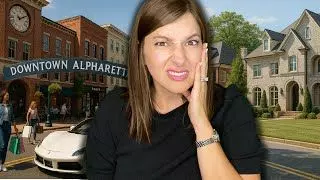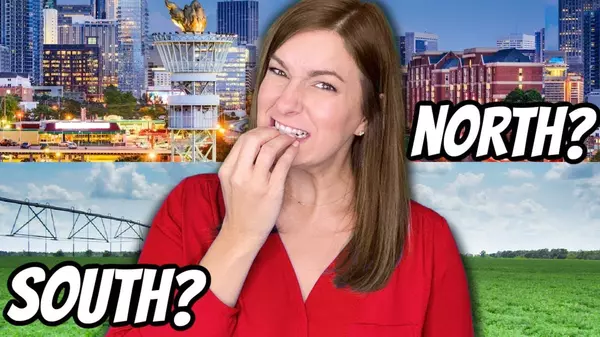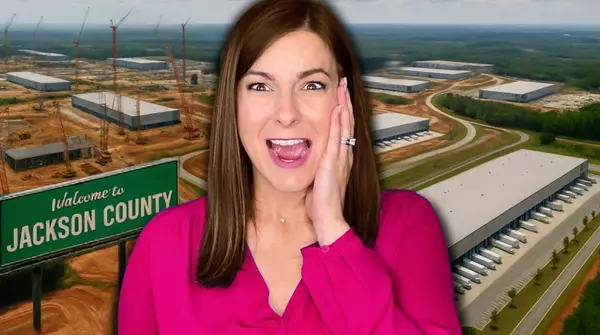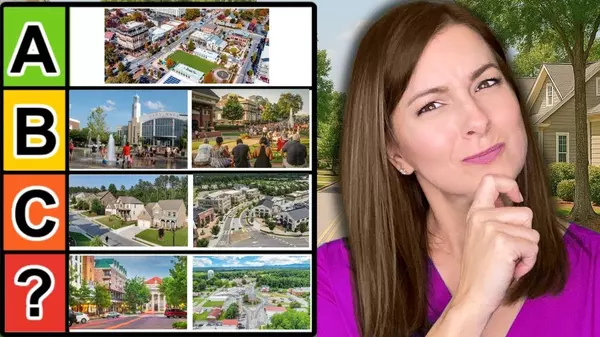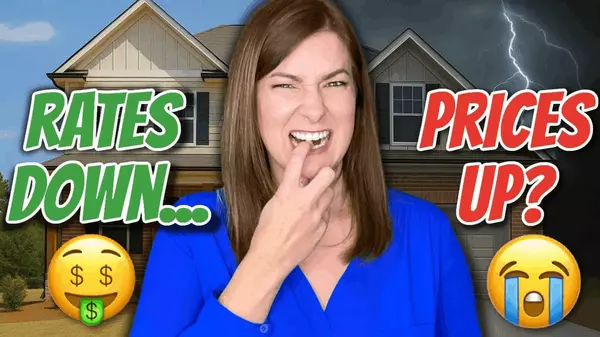What You MUST Know Before Buying a New Construction Home in 2025
One of the biggest debates in real estate is whether new construction homes are better than older homes. Many buyers are drawn to new builds because they offer modern designs and the peace of mind that comes with brand-new systems. However, if you aren’t careful, buying a new construction home can come with its own challenges. Here’s what you need to know before making that investment in 2025.
New Construction Availability Varies by Location
Unlike other parts of the country, North Georgia still has plenty of land available for development, meaning there are many new construction options. However, availability depends on the town.
-
Alpharetta: New construction is rare due to limited land. When it does exist, it often involves tearing down an older home to build a new one. Since land costs are high, homes in these areas come with premium price tags.
-
Cumming: Just north of Alpharetta, Cumming has plenty of available land, making it a hotspot for new development. The demand from Alpharetta has pushed growth further north, leading to increased prices but more options for buyers.
-
More Affordable Areas: If Alpharetta or Cumming are out of budget, consider towns like Flowery Branch, Grayson, or Loganville. These areas have good schools, shopping, and restaurants but don’t see the same level of demand, making new construction more affordable in the $400,000 to $600,000 range.
Lot Size and Privacy Considerations
When purchasing a new construction home, be prepared for smaller lot sizes. Land costs are high, so most new homes sit on a quarter to a third of an acre. If you want a private, wooded lot of at least an acre, you’ll need to look at custom or luxury builders, which come at a much higher price. Some neighborhoods may back up to wooded areas, but most will have homes built closely together.
Understanding New Construction Pricing
New construction pricing works differently than resale homes. Many homes are sold as spec homes, meaning they are fully built and move-in ready. With a spec home, buyers know exactly what their monthly mortgage payment will be from the start.
However, if you buy a home that is still under construction, your final mortgage payment remains uncertain until closer to closing. This is because interest rates can’t be locked in until about 30 to 60 days before closing. If you’re building a home that takes 6 to 12 months to complete, your interest rate could be significantly different from when you first went under contract.
Builder Incentives and Mortgage Lenders
Builders often offer incentives to use their preferred lenders, such as closing cost assistance or lower interest rates. However, these incentives don’t always result in the best deal. Some large builders, like DR Horton, have their own mortgage companies and may recoup those incentives through higher fees elsewhere in the loan.
It’s always a good idea to compare offers with a local lender who has your best interest in mind. They can analyze the builder’s offer and determine whether it truly benefits you or if hidden costs offset the incentive.
Impact of Market Conditions on Pricing
Interest rates and potential material tariffs could affect home prices in 2025. If tariffs on building materials increase, builders will pass those costs directly to buyers, leading to higher home prices. Since the market fluctuates, keeping an eye on these factors is essential when planning a new home purchase.
Builder Quality Varies
Not all builders are created equal. Some prioritize quality craftsmanship, while others cut corners to save costs. When touring model homes, pay close attention to the construction quality—what you see is what you’ll get. If you notice sloppy work in a builder’s neighborhood, expect that level of quality in your own home as well. In many cases, spending more with a reputable builder is a better investment than trying to negotiate quality improvements with a lower-tier builder.
Homeowners Associations (HOAs) and Fees
Most new construction neighborhoods come with an HOA. Depending on the community, HOA fees typically range from $500 to $1,000 per year. In 55+ communities or new construction townhomes, HOA fees can be significantly higher due to additional amenities and services such as lawn maintenance.
If you’re not familiar with how HOAs work in Georgia, it’s important to review their rules and understand the benefits and restrictions that come with them before purchasing.
KeyPoint
Buying a new construction home can be a fantastic choice, but it’s essential to be informed. Understanding pricing structures, builder quality, lot sizes, market conditions, and HOAs will help you make the best decision for your needs. If you’re considering new construction in 2025, take the time to research your options and work with trusted professionals to ensure a smooth buying process.
Categories
- All Blogs (197)
- 55+ Community (5)
- Alpharetta (10)
- Atlanta (18)
- Braselton (3)
- Buford (9)
- Cumming (9)
- Dacula (1)
- Dawsonville (2)
- Duluth (3)
- Florida (4)
- Flowery Branch (4)
- Gainesville (14)
- Georgia (50)
- Grayson (1)
- Home Buyer (1)
- Homeowners (1)
- Hoschton (1)
- Housing Market (3)
- Jefferson (2)
- Johns Creek (4)
- Lake Hartwell (1)
- Lake Lanier (16)
- Lawrenceville (3)
- Loganville (1)
- Metro Atlanta (14)
- Milton (1)
- Monroe (1)
- New Construction (7)
- North Georgia (3)
- Real Estate Market (9)
- Snellville (1)
- Sugar Hill (2)
- Suwanee (5)
- Townhomes vs Houses (1)
- Townhouse (1)
- YouTube Resources for Agents (1)
Recent Posts
